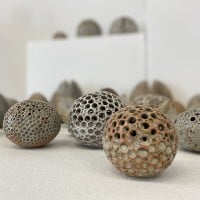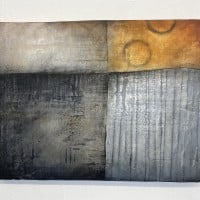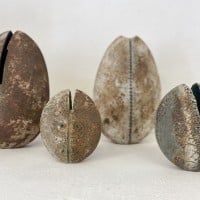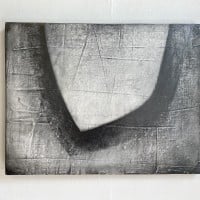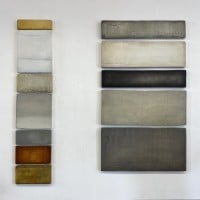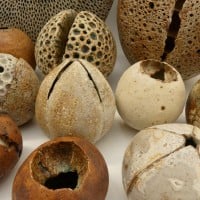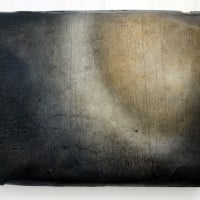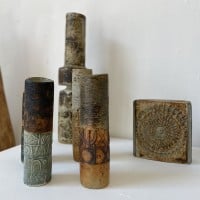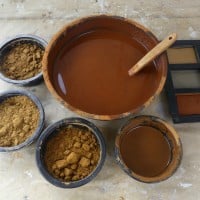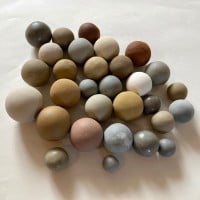Earth | Ground
Gallery open 10am – 4pm Tuesday – Saturday
Free Entry
Two artists, father and daughter, whose work has been deeply influenced by the Dorset landscape, prehistory and deep time.
Bridport Arts Centre is delighted to present EARTH | GROUND, featuring ceramics from the archive of Alan Wallwork (d.2019) and paintings and other works by his daughter Amanda Wallwork.
Alan Wallwork’s range of distinctive sculptural forms resembling archaic, sometimes totemic shapes, were made in his studios in Marnhull and Uplyme. Amanda Wallwork is a visual artist using drawing, painting, mapping and installation to explore our experience of landscape – a quest for a real understanding of what lies beyond the aesthetic. Both artists have been heavily influenced by local landscapes, evidence of prehistory, and the shapes, colours and textures to be found in the coast and countryside of Dorset.
Gallery open 10am – 4pm Tuesday – Saturday | Free Entry
“I’m always seeking the narrative of place – fascinated by what you can read in a landscape – interpreting the boundaries, borders, tracks and traces of past human activity and what it reveals about our relationship with the earth. Taking a deeper look at the underlying factors that determine how our land has been formed, used and shaped and how we move through it.”
Reviews
“I’m always seeking the narrative of place - fascinated by what you can read in a landscape - interpreting the boundaries, borders, tracks and traces of past human activity and what it reveals about our relationship with the earth. Taking a deeper look at the underlying factors that determine how our land has been formed, used and shaped and how we move through it.”
“Alan Wallwork was one of the great individualists in British pottery, one who steered his own course, always interested in new developments, but not in the suddenly changing winds of fashion. If Alan’s art is part of any tradition, it is that tradition of exciting and experimental building that grew up around the Central School and Goldsmiths College in the 1950s. He was one of a new generation of artist-potters who explored the sculptural possibilities of built clay.”




